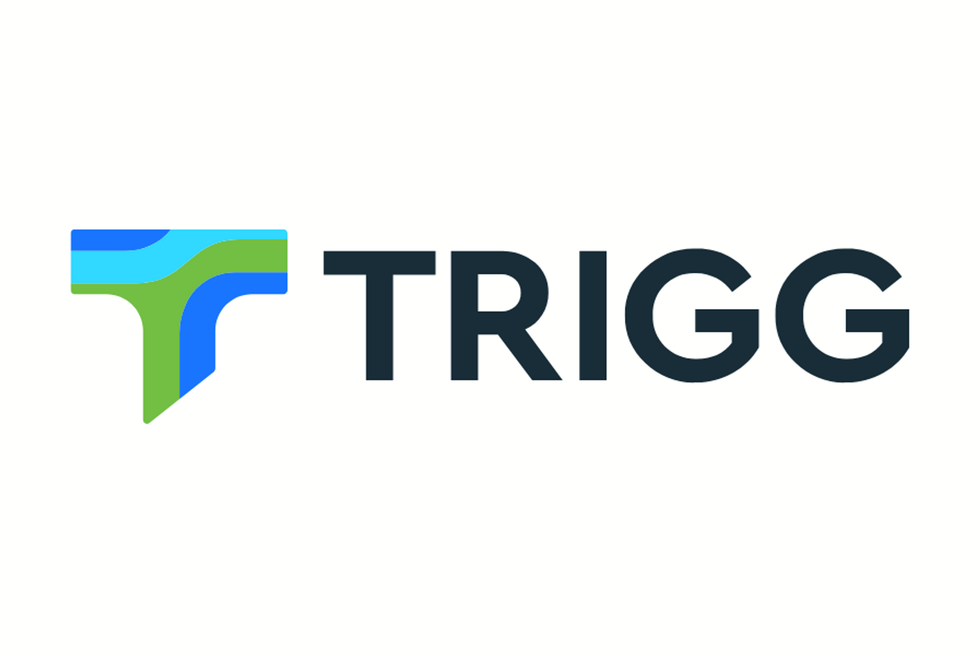Last week gold fell and then rose. But, for the sake of preserving momentum, further gains are needed.
Gold took a beating early last week, falling on Wednesday to a ten-month low of $1,526.70. Ahead of the weekend, gold managed a rise back up to the $1,590 level. Although its upward journey has not continued this week, many analysts still see upside potential for gold; however, it does not come without risks.
Recent Commodity Futures Trading Commission data shows sentiment that Standard Bank describes as “signaling a persistent lack of confidence.”
Net speculative length during the reporting week ahead of last Wednesday’s price drop fell to 338.8 tons, a twelve-month low compared to a five-year average of 611.7 tons.
Commerzbank has said that the drop in net-long positions to such a severely low level is not warranted.
“We do not see any fundamental justification for the latest slump in prices given that real interest rates are still negative and the sovereign-debt crisis in the eurozone still remains unresolved.” But the bank added, “[t]hat said, it is too early as yet to proclaim any end of the correction phase.”
The market has found some support from physical investors. Holders of the metal, for example, have resisted the urge to go on a selling spree. According to the Gold Physical Flow Index, there were three drops into negative territory between January and May 2011. These dips indicated net selling of the metal at prices from $1,300 to $1,500. Yet prices have been much higher and remain above those levels, and even in the face of recent bearishness the index has remained positive recently.
The gains in gold prices seen at the end of last week were attributed to short covering, bargain buying, and safe haven demand. While certainly not in the midst of a gold rush, ETF buyers also continued to add to their holdings, and a notable amount of buying was seen in Asia.
The exception, however, is India, which continues to fail to provide the support that it is known for. Many have speculated as to when this nation’s buyers will return to the market, displaying their massive appetite for gold, but there continues to be a lack of thriving demand.
One serious impediment to Indian demand is that while gold prices have slid in many nations, the metal remains expensive in India because of the weak rupee. Tuesday marked the fifth consecutive day of declines for the nation’s currency; it also marked the currency’s drop to an all-time low of 55.47 versus the dollar.
Also, like in many other markets, much Indian cash is flowing to the dollar. Demand for the greenback has been described as relentless, and that drive continues to drag down India’s currency, which in turn continues to push up the cost of gold. This situation is threatening to keep many in the Indian market on the sidelines until the rupee regains some value.
There are also concerns that physical support in general is likely to be price sensitive. People are coming in to buy on the dips, but Standard Bank says if prices rise above $1,700 the buying appetite is likely to be substantially weaker.
Upside potential remains
While the market undeniably has some bearish overtones, many are still seeing upside potential for gold.
Standard Bank believes that the dominant long-term causal drivers for gold (global liquidity and real interest rates) have turned marginally bullish relative to a month ago. As a result, the bank believes that gold has increasingly become undervalued relative to where it sees fair value – at $1,640.
Likewise, Barclay’s Capital has said the macro environment and investor flows are bullish, but added that the supply/demand fundamentals and technicals are currently bearish.
The next upside breakout objective for gold is getting a close above the psychological resistance level of $1,600. At 10:45 a.m. PST on Tuesday, spot gold was down at $1,576.21. Gold prices remain vulnerable to economic headlines from the US, China, and especially the Eurozone. Investors are reportedly waiting to see what will come out of today’s EU summit.
If that summit fails to come up with a solution that satisfies the market, Commerzbank says “the euro is likely to come under renewed pressure – and thus too the gold price.”
And if investors don’t jump in and keep the market moving, there is also the risk that the market’s momentum will be lost.
Securities Disclosure: I, Michelle Smith do not hold equity interests in any of the companies mentioned in this article.






